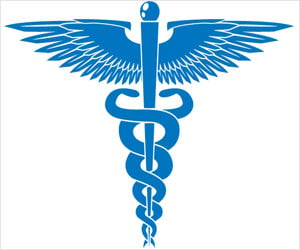A Cadillac or gold-plated insurance plan is expensive coverage, usually defined by the total cost of premiums, rather than what it might cost the patient to get health care.
A "Cadillac" or "gold-plated" insurance plan is expensive coverage, usually defined by the total cost of premiums, rather than what it might cost the patient to get health care.
People who have Cadillac plans often have low deductibles and excellent benefits that cover even the most expensive treatments, but this is not always the case. Premium costs can be high for reasons other than generous benefits, including the age, gender and health status of the customer. In an employer-based plan, premiums are based on the pooled risk of employees and may be higher if many of the employees are sick, older, predominantly female or live in a region with expensive health costs. Such people may be paying Cadillac rates for clunker coverage.How many people have high-premium plans?
Lawmakers are still grappling with what premium price is considered "gold-plated." The legislative outline proposed by Sen. Max Baucus, D-Mont., chairman of the Finance Committee, sets the threshold at $8,000 in premiums for an individual and $21,000 for a family. It is estimated that between 2 and 3 percent of covered workers and families would hit that threshold today.
This year, the total cost of the average family policy offered by employers was $13,375 according to the Kaiser Family Foundation.
Although news accounts have frequently described Cadillac coverage as plans catering to Wall Street titans, with annual premiums of $40,000, not everyone with high-cost coverage is very wealthy or even especially well off.
Some union workers and employees of businesses with a preponderance of older or sicker workers may also have premiums in the Cadillac range.
Advertisement
The Baucus proposal would tax insurers for policies with premiums above the thresholds. The goal of the provision is twofold: to generate revenue to help pay for covering the uninsured; and to make the most expensive plans - which some argue encourage overuse of medical care - less attractive. The thresholds would increase as the nation's overall rate of inflation goes up. But since health insurance costs increase much faster than inflation, more plans could end up being taxed as time goes on, if nothing else changes.
Advertisement
Employers paying Cadillac premiums because they have a sicker workforce may see costs go down since all of the proposals would prohibit insurers from charging higher rates based on health status
Source-Kaiser Health News
LIN














